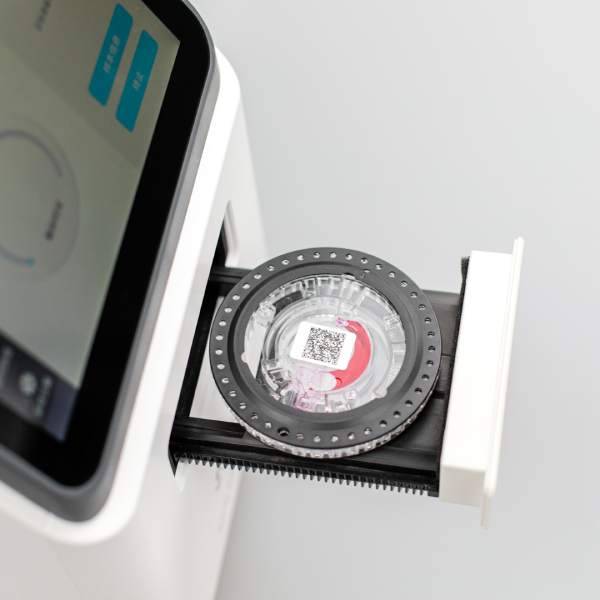release time:2021-11-22 16:41:05
Hemolysis is one of the most common interfering factors in clinical biochemical tests. Hemolysis is the rupture of red blood cells in the blood. The contents of the red blood cells enter the serum. As a result, the concentration or activity of the biochemical test substance is affected.
Common principles of hemolysis affecting biochemical assays
Jaundice is an abnormal color of the specimen due to high bilirubin in the serum. Bilirubin itself is a reducing agent. It neutralizes the oxidizing components of reagents or intermediate reaction products. This can lead to a shortage of reagents or depletion of intermediate products, which can affect the reaction and ultimately the test result.
Common interfered items in biochemical tests.
Biochemical tests rely mainly on the different colors of the products after the reaction. There is a strong absorbance value at a specific wavelength as a way to determine the concentration or activity of the substance being tested. When there is a high level of celiac particles in the blood (lipid blood), it can cloud the specimen. Interference with light scattering, resulting in changes in the final absorbance value, affecting the test results.
Elevated: total bilirubin, total protein, serum potassium, serum sodium, serum chloride, blood glucose, etc.

2023-06-19
Explore the significance of biochemical tests for pet health, when they are necessary, and the advanced Seamaty SMT-120VP Vet Chemistry Analyzer for accurate veterinary diagnosis and optimal healthcare decisions.

2023-05-12
Learn about essential diagnostic tools for accurate diagnoses in canines and felines. Discover the benefits of using Seamaty's veterinary analyzers for reliable results.

2022-02-21
In vitro diagnosis is gradually developing into two levels. The robotic, automated, assembly-line central laboratory and the simple, fast and portable point-of-care testing (POCT).